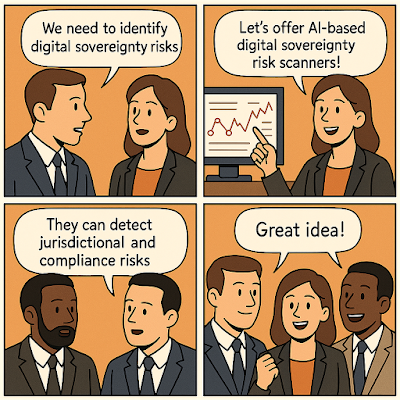Genomic Data Annotation Compliance under HIPAA and GDPR

Genomic Data Annotation Compliance under HIPAA and GDPR As genomic data plays a pivotal role in personalized medicine and biotech innovation, the need for secure, compliant handling of this information has never been more urgent. Genomic data annotation—the process of labeling genetic sequences with functional, clinical, or contextual meaning—poses unique privacy and regulatory challenges. In the U.S., HIPAA governs protected health information (PHI), while in Europe, GDPR covers personally identifiable data—including certain types of genetic data. This article explores how healthcare companies, researchers, and SaaS platforms can ensure their annotation workflows remain compliant across borders. 📌 Table of Contents What is Genomic Data Annotation? How HIPAA Classifies Genetic Data GDPR Protections for Genomic Information Cross-Jurisdictional Compliance Strategies Conclusion 🧬 What is Genomic Data Annotation? Annotation involves interpreting ra...



